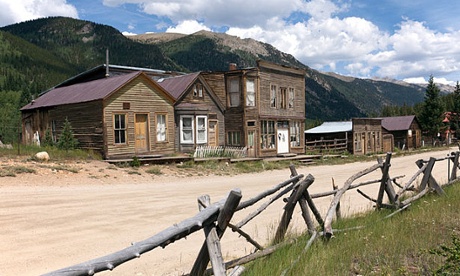I've seen pics of this before, but was reminded of this today.

I've done quite a bit of fencing, mostly wire, some post and rail. This style seems odd to me. Wasteful of wood but I can't see it being very stockproof, either. Does anyone know the purpose?
I guess if you had seemingly endless trees then the waste doesn't matter and it would go up pretty quick with unskilled labour.

I've done quite a bit of fencing, mostly wire, some post and rail. This style seems odd to me. Wasteful of wood but I can't see it being very stockproof, either. Does anyone know the purpose?
I guess if you had seemingly endless trees then the waste doesn't matter and it would go up pretty quick with unskilled labour.



